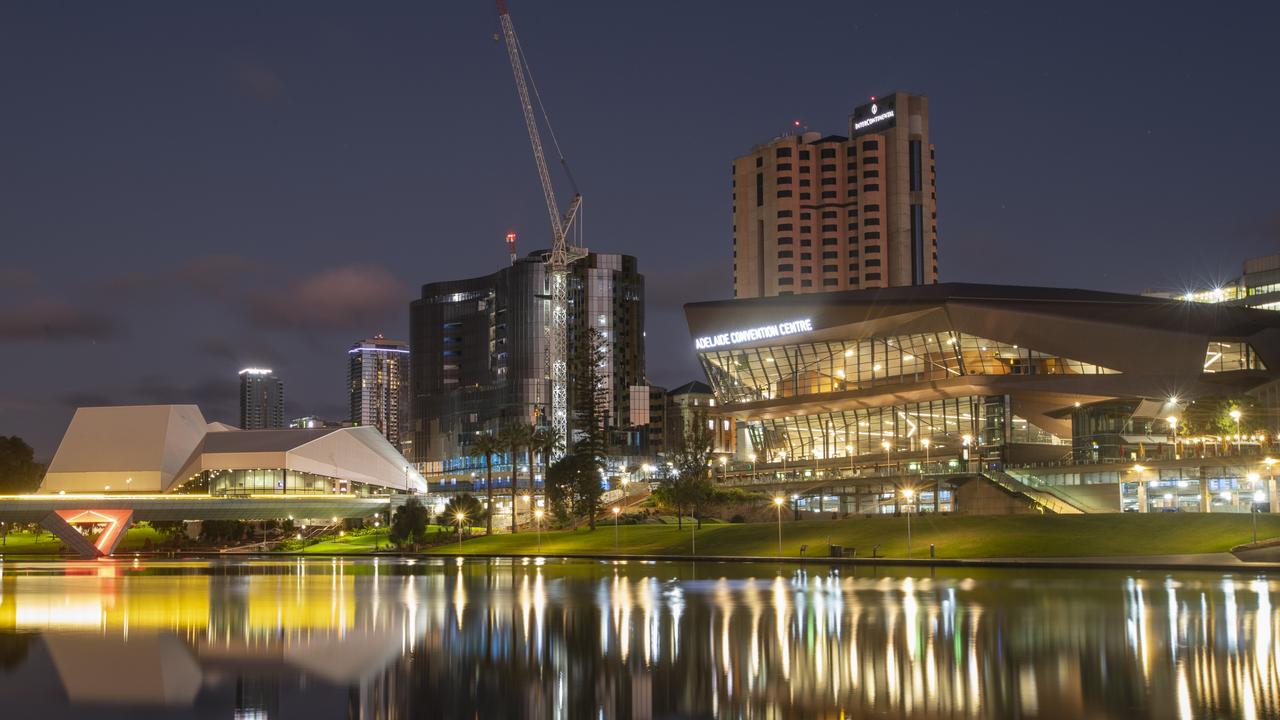Baseload power instability: Why BHP’s SA power bill hit $2.5m — in a day
THE power bill of the state’s largest private employer recently topped $2.5 million on one day — more than 10 times the amount paid a week earlier. We investigate why this happened.

SA Business
Don't miss out on the headlines from SA Business. Followed categories will be added to My News.
- SA faces years of power prices double other states
- Key employers nearly shut down as power prices surged during storm
THE power bill of the state’s largest private employer recently topped $2.5 million on one day — more than 10 times the amount paid a week earlier.
Analysis undertaken by The Advertiser found that last Thursday BHP’s operations in South Australia consumed an estimated $2.57 million of power for its 120MW/h requirements.
A week prior its daily cost was $250,400.
Evidence of the incredible market volatility comes as figures from the Australian Energy Market Operator show that in the first calendar month since Alinta switched off its 544MW Northern power station in Port Augusta, the average peak price in SA was $160.45MW/h.
That is 158 per cent above the price in the month leading up to the power station’s May 9 closure.
Recent price spikes — caused by a lack of baseload generation and inconsistent supply from renewable sources — this week prompted Treasurer Tom Koutsantonis to take the extraordinary step of requesting power company Engie to produce more energy at its Pelican Point facility.
The move came after a number of companies told the State Government they were considering temporary shutdowns.
SA was left particularly vulnerable this week because upgrade work on the Victorian interconnector was delayed due to bad weather.
Last Thursday, five of the state’s largest consumers — BHP, Nyrstar, Arrium, Brighton, and OZ Minerals — collectively consumed $6.1 million of power, according to an analysis conducted using AEMO data.
That compares to $594,100 seven days prior.
A BHP spokeswoman would not confirm the company’s power costs, citing commercial-in-confidence.
However, at an event last Friday, BHP’s Olympic Dam asset president Jacqui McGill said she was “very keen” to see prices come down.
“You know our business is tied to the state. What I’m concerned about for the state is for those businesses who aren’t tied here and what the potential impact of that higher pricing will mean for them,” she said.
Alinta declined to comment on recent price volatility.
Arrium is using a range of measures to manage its power use, including throttling, closures, and alternate generation.
It has a greater ability than BHP to reduce aspects of its consumption, however this can lead to additional production costs.
“The cost of these measures is significant,” an Arrium spokeswoman said.
“The power supply situation is complex but the administrators believe a long-term strategy needs to be identified or SA will become an unattractive place to operate.
“Shutting down and reopening a blast furnace takes about five weeks so closure is not an option to be taken lightly or in the short-term.”
SA Chamber of Mines and Energy chief executive Jason Kuchel said other states viewed SA’s electricity market like a “canary in the coalmine”.
“They’re waiting to see if we fall over, but they must recognise that ultimately they will go through the same issues as they adopt more alternative energy sources,” he said.
SACOME members have requested “crisis talks” around power costs and reliability.
State Government officials yesterday heard from BHP representatives at a closed forum, hosted by Adelaide University, which discussed SA’s current and future energy challenges.



